Instilling Resilience in Children Through Coding and Debugging
Instilling Resilience in Children Through Coding and Debugging

Knowledge is not enough, as the new world, which evolves rapidly, demands emotional strength as well as technical strength to survive in a new world. Since automation, Artificial Intelligence, and fast on-field progress have already changed our lives, knowing how to recover after a failure, adjust to change, and move forward despite failures has become as important as the knowledge that can be learned. Resilience is one of the most significant life skills a child can adopt in this kind of landscape.
It is surprising that coding and debugging are among the most productive and interesting approaches to the development of resilience. Learning to program is not a technical skill that children are learning when taught programming; rather, it is a stepping into a world of trial and error, where making a mistake is the only way to learn, and it is through continuous efforts that the child forward. Each bug they manage to find and solve will be a small-scale learning on patience, critical thinking, and emotional control.

Debugging, especially, will teach children that mistakes do not mean failure, but they are developmental chances. When something fails to work, they are not discouraged from moving on, but should ask themselves why this is the case before trying. This is to promote a growth mindset, i.e., the value of trying hard is more important than short-term success, and tenacity is achieved brick by brick.
The present blog is all about how code may be used as a direct, do-it-yourself space to instruct children in grit, perseverance, and adaptability. Become more emotionally empowered due to the problem-solving environment of programming, kids become ready to enter any career (or life, as a whole) in the future.
Why Is Resilience an Essential Skill for Children?

Living in a fast-paced, changing world with pressure and uncertainty, resilience has emerged as one of the primary skills that a young mind must acquire. The skill to bounce back is not the only thing resilience means; it means the emotional body that enables kids to remain focused, handle stress, and make negative outcomes a stepping stone. It could be an important test in math, trouble with peers, and an emotional roller coaster of growing up; resilience gives a person the inner resources he or she needs to endure and come back even stronger.
✅Builds confidence and emotional maturity:

Children who regularly emerge from difficulties learn to be quite confident about what they can do. Whenever they go past frustration or failure, they renew their faith that they can manage the problems of life. This is what develops emotional maturity in them, and they learn to control their emotions, postpone gratification, and remain composed under stressful situations. Rather than requiring continuous validation or rescue, they become independent problem-solving agents, which in and of itself is fostered in coding through both independent thought, language, and perseverance.
✅Encourages problem-solving over panic
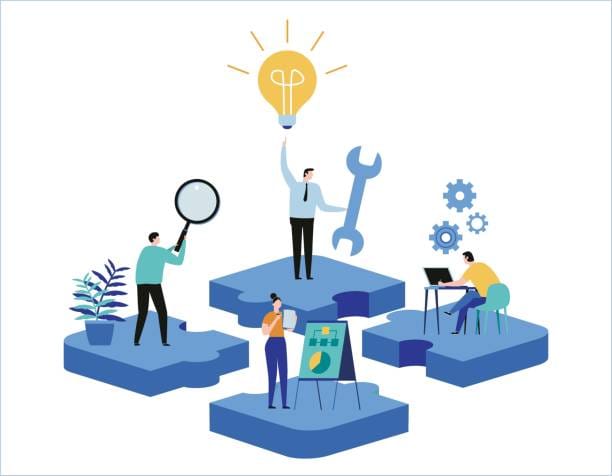
When a resilient child is faced with an obstacle in their path, the child feels like asking themselves a question, but not the question of “what is wrong, or what could be wrong? Rather, the question is How can I solve this? Such an attitude puts more emphasis on curiosity than fear. Resilience changes the problem into a puzzle and the panic into patience.
These are just what we do when debugging a program: determining what went wrong, experimenting with ideas, and learning by doing. After some period kits who have learned to solve problems are friends, they are not scared to commit errors, and they are rather thrilled by the excitement of solution discovery.
✅Prepares kids for real-world challenges early

Life is not that straight. Early training of children on how to handle change, uncertainty, and failure will ensure that the children are well equipped to deal with realities unlike adulthood in life, be it rising to competition, people to people, or unexpected situations.
The resilience teaches them emotionally and mentally to make healthy risks, listen to criticism, and remain down to earth, whether they fail or succeed. Coding environments recreate these dynamics of the real world, giving unpredictable problems to solve and collaborative tasks that are rewarded in small steps, teaching kids to embrace complexity instead of fearing it.
✅Strengthens Focus and Grit

Enduring a task and becoming determined and persistent are features of grit, which are also related to long-term success. Kids with strength do not give up on a goal when they fail at the initial attempt. They develop concentration, endurance, and self-control.
Learning to code fosters these qualities since children must work through long sequences of logic, refine their work through repetition and iterations, and move toward an end product that may take hours or days to achieve. The mini victories convince them that they can endure hardship and keep going.
The Importance of Resilience in Child Development
Resilience is not something convenient to possess-it is an essential component of a child's long-term progress and prosperity. While learning abilities and socialization are the primary aspects of early education, resilience is the emotional currency on which all other areas rely.
It enables children to overcome life's losses, learn lessons, and pursue their goals with hope. Combining resilience with intelligence and interpersonal skills fosters healthier development and can make a child more successful in school, relationships, and life in general.
✅Linked to better academic performance

Children with high resilience score higher academically, not only because they are intelligent but also because they persist with their academic assignments. They are more likely to stick it out, seek assistance, and practice until they master challenging subjects like math, reading, or science. They view difficult tasks as challenges rather than obstacles to be avoided. This growth-oriented attitude fosters greater motivation, increased effort, and ultimately better academic results.
✅Strengthens mental well-being and focus
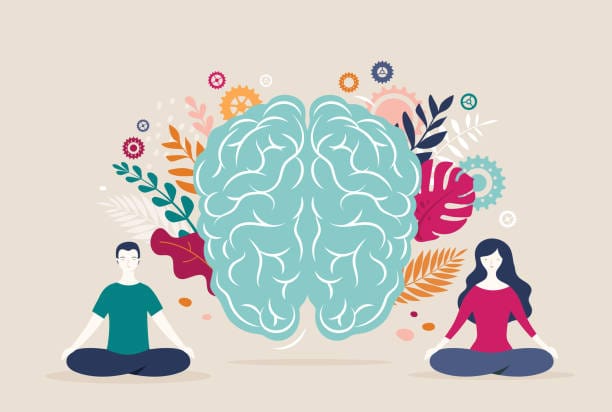
Resilient children will be able to regulate their emotions to a larger degree. They are in a better position to deal with stresses, anxieties, and frustration, particularly when events do not favour them. This will result in increased concentration, attention, and classroom conduct. When faced with a challenge, instead of acting impulsively or being distracted, strong kids are able to concentrate and remain focused, and this inevitably helps in learning and thinking.
✅Empowers kids to take healthy risks and recover from failure

Childhood offers an excellent risk-taking environment children must be allowed to attempt to master skills, discover failure, and overcome it. Kids who are resilient will have a greater inclination to go beyond their comfort zones since they are not handicapped by the fear of failure. What about a case when it does not turn out? They recover quicker. This flexibility of emotion will enable them to travel, discover, test out, and improve, which are main aspects of behaviors that stimulate curiosity, innovativeness, and autonomy.
How Coding and Debugging Foster Emotional Resilience
Although coding is usually perceived as one of the technical techniques, its scary important role is what it teaches children concerning how they can cope with failures, frustrations, and uncertainties. One of the most common activities in a software-developing career is debugging; there is no better educator of the virtues of patience and emotional stamina. Whenever a program fails to go as planned, children are put to the test to reason, reconsider, and make another attempt.
This is where actual growth occurs in the context of trial and error, and finally succeeding. Coding enables failure to turn into feedback, and every mistake is considered a chance to learn, change, and become more durable with the attitude. This is very similar to application of resilience in the real world: you screw up, you think, you correct, and you go on.
✅Encourages trial-and-error learning
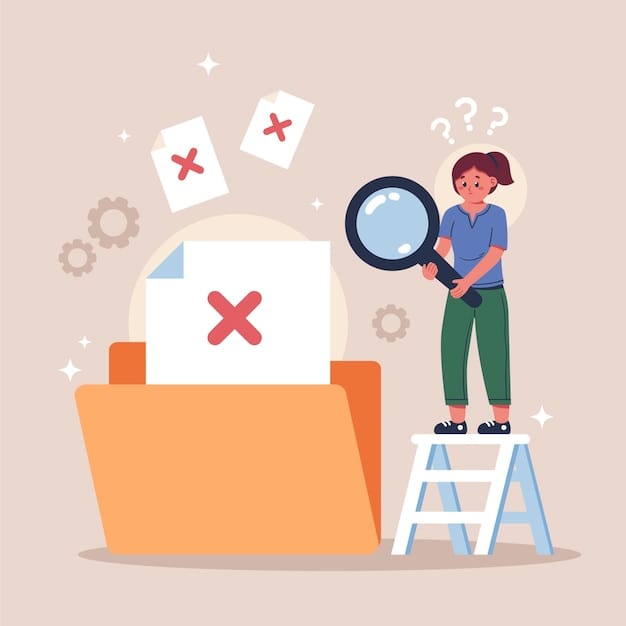
Somewhere in a world where kids are under constant pressure to do everything right, it is nice to find an outlet where trial-and-error is the curriculum: coding. Soon, children can understand that not every program can work properly on the first try, and that is normal. Trial-and-error becomes a valid and natural aspect of the process, and it makes them comfortable with being in the inconclusiveness and more comfortable with being imperfect.
✅Normalizes failure as part of the process

The same goes for failure in coding. A bug does not show incompetence; rather, it is an indicator pointing to what should be enhanced. Programming kids early starts to instill into their minds that there is no failing in the end game; it is rather progress through trial and error. This change in thought process also causes them to become stronger in other aspects of life, too, be it in academics or in their social life.
✅Promotes reflective thinking and self-correction

Whenever you fix something, whether it is huge or tiny, you gain a command of energy and confidence. Children learn how to correlate effort and results, and they also feel that the problem can be overcome. This emotion allows building a do not give up mentality, which is a portable life skill. These children will have a better chance of not giving up, whether coding or trying to solve problems in the real world.
✅Strengthens the “Don’t Give Up” Attitude
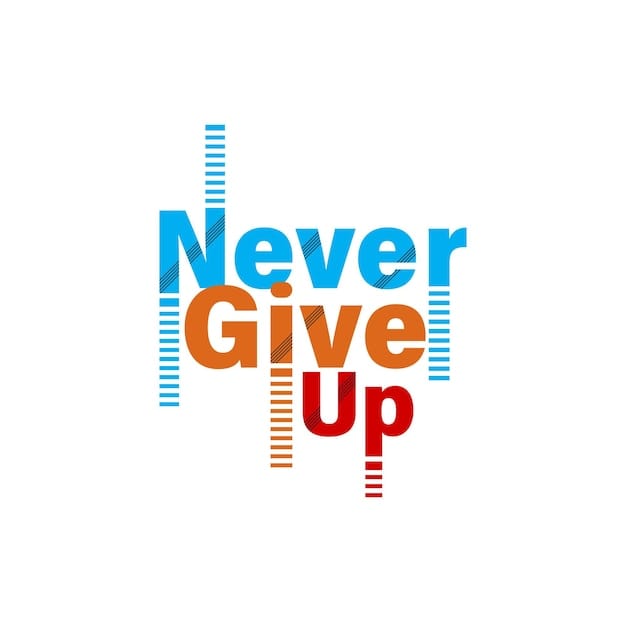
Each successful fix, no matter how small, builds momentum and confidence. Children begin to associate effort with results, and they experience the satisfaction of overcoming obstacles. This feeling reinforces a “don’t give up” attitude, which becomes a transferable life skill. Whether they're writing code or dealing with real-world difficulties, these children are more likely to keep pushing forward.
The Role of Programming Classes in Enhancing Perseverance
Self-taught coding may have a lot of significance, but structured programming courses also have a special edge: they combine both direction and deliberate difficulty. This balance presents the best environment within which children develop perseverance, which is one of the most important characteristics of emotional resilience. During those lessons, children learn to persevere in challenging tasks and even overcome mental blocks, and learn to be grateful for even the smallest improvements.
Children learn that grit is not working in isolation and not speaking whatsoever, but going to the same place regularly and trying again and again, and developing through the help of people in classes, which are highly structured, mentored, and collaborative.
✅Supportive mentors and collaborative projects

Mastering the technique of persevering does not imply having difficulties alone. In programming courses, it is common to have access to able and senior tutors and teachers who will help students over difficult areas without revealing the solution. This advice develops emotional security and promotes problem-solving. Dominance of groups also helps to practice perseverance since it trains children to tackle their differences, share tasks, and remain focused on a group purpose. Teamwork is not the only thing promoted by collaboration; emotional stamina is as well.
✅Step-by-step challenges with increasing difficulty

In programming classes, the scaffolded learning is the goal, which is to begin with basic elements of learning and move towards much more complex tasks. The increment in this difficulty provides small wins to the students in the initial stages, which enhances their confidence. Increased challenges give them a harder test as they proceed to reinforce their earlier lessons; they have to retrace their steps and implement knowledge in different forms. Such a step-by-step process is also reminding us of the importance of perseverance and hard work.
✅Encouragement through feedback and peer interaction

Feedback, when given and received in time, is a great motivator. Students in the classes on programming are given feedback in the form of constructive comments on their work regularly, which makes it easier to identify their errors, and they can think and understand what to do to rectify them. The positive reinforcement keeps them going, and interaction with peers will help normalize the issues. When a peer says, I had the same problem, and this helps to relieve frustration and make determination more valiant. These are environments that help children to accept that persevering is not a unique quality that they possess, but it is a common experience.
Selecting the Right Coding Programs for Children
Coding programs are not identical. Although there are quite a number of resources teaching the principles of syntax and logic, there are scarce numbers of resources that are keenly developed to help a child with his or her emotional sides, particularly resilience, perseverance, and creative confidence. When parents seek more of the future computer programmers but rather the future problem-solver, you must ensure that the program you decide to enroll your child in must offer a mixture of technical knowledge and emotional understanding.
The appropriate coding environment will define the major difference between the child who quits out of frustration or instead develops new skills towards tackling difficulties, and to do so with curiosity and a sense of confidence. Some of the main features to seek are as follows:
✅Look for beginner-friendly platforms that include real debugging tasks

Even the initial encounter with the concept of coding must be comfortable and not hollowed out for kids. Scratch, Blockly, and Tynker are platforms that provide a drag-and-drop interface to make kids gradually familiar with computational thinking. More to the point, pick up programs that do not conceal the ugly details of code-writing, such as bugs and errors. The actual debugging activity teaches children how to debug problems, how to think, and how to persist at solving a problem until it can be solved, and this guarantees direct emotional resilience.
✅Choose curricula that encourage creative problem-solving

Answers-oriented, stiff coding lessons may impose restrictions on emotional and intellectual development. Seek programs where one can be creative, experiment, and have open-ended problems. Regardless of whether it is constructing a game, creating a story, or turning a real-life problem, such types of work give children experience in learning that there are usually multiple ways to a solution and that when the wall comes, you just have to take a different direction.
Practical Tips for Parents to Support Their Child's Coding Journey
Although they are provided with a solid background in the form of instructors and structured programs, the development of a child in the world of coding and even their resilience depend heavily on what goes on at home. Parents should not be programmers themselves in order to play a decisive role. Quite on the contrary, your encouragement, attitude, and daily responses to challenges can influence a lot on the way your child copes with failures and delights in achievements.
There are endless off-screen learning opportunities involved in coding, and those opportunities, when supported, can build strong inner resources in your child, their confidence, persistence, and problem-solving attitude. These are some of the ways by which parents can assist without assuming:
✅Celebrate effort and problem-solving, not just results
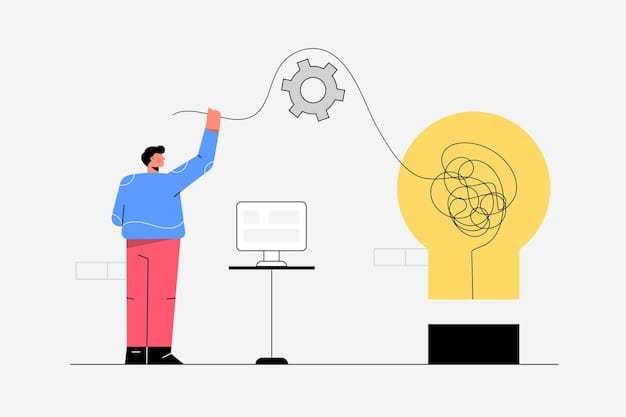
When your child finds a solution to a coding task, it is tempting to congratulate the end result, but the real learning opportunity is in the process. Be happy about their tenacity, innovation, and their determination not to give up. Remarks to the effect of, I enjoyed the way you kept on experimenting or I had fun when you did not quit when it got tough, contribute towards a growth mindset. Gradually, children are taught to appreciate themselves and their right to work on themselves, and troubles are a part of success.
✅Allow space for independent thinking and learning from mistakes

It may be tempting to give in to your child when they need it, but times like these are tests and learning opportunities. Make no immediate rush to correct things. That is not the case, and instead, one should use leading questions such as What have you done? Or what have you done differently? Allowing children the autonomy in figuring stuff out on their own will make them more resilient and independent. The errors are involved in the process, and there's no need to fear.
The lessons your child carries home are as important as what is taught on the screen, even in the beginner level of coding classes. With the appropriate form of support, you can make them learn to code--as well as learn to show perseverance, inspiration, and determination.
Why Coding Is More Than Just a Technical Skill for Kids
Ultimately, it is a problem-solving task, the manipulation of uncertainty, and the transformation of creativity into solution expression. It is these same capacities that children require not only to excel in school, but also to become resilient and confident, and adaptable adults.
✅Fosters self-discipline, concentration, and collaboration

Writing code requires attention. Regardless of whether working on complex algorithms or fixing a logical mistake, children have to be attentive to detail and active in their minds. This creates discipline and patience. Kids are also trained in cooperation, information sharing, and helping each other in a coding environment in most settings, particularly in classrooms where the educators are working with groups or in project-based classes. Such soft skills are essential in practical life, and coding is a beautiful environment in which to train them.
✅Teaches how to handle uncertainty and ambiguity

Coding problems, unlike worksheets whose answer is real and has one right solution, have numerous solutions and bugs that are not so easy to detect right away. Children are taught to live with ambiguity, trust the process, and pursue many possible routes without fear of doing something wrong. This skill to transfer uncertainty into exploration and tranquility is an epitome of resilience and an essential life skill in the rapidly changing world.
Conclusion: Raising Resilient Kids Through Coding Skills & No Prior Experience

When everything is changing and anything can happen, emotional resilience is no longer a choice; it is something that is necessary. More than technical literacy, coding and debugging give children a controlled and safe environment where they learn how to cope with frustration, reason out critically, and rise when challenged.
The experiences not only make young coders, but also flexible, confident, and durable problem-solvers. We, as parents and teachers, have a wonderful chance to apply programming as an instrument for developing emotion. It is via trial-and-error-based learning, joint initiatives, or caring guidance, coding allows children to develop grit, patience, and self-belief, all of which will serve them long after the monitor.
By developing the mind and the mindset, we not only provide our children with an opportunity in their future career, but also the highs and lows of life. So why not make coding not only a technical skill, but a life skill, one that makes better, smarter, and tougher kids?
Resilience Through Coding and Debugging – FAQs
How do coding and debugging activities build resilience in children?

Coding is a trial-and-error and a discovery process. Children learn to touch and write the code, and when it fails, they are told to think, wait, and do it again. Debugging will impart to them the lesson that failure is not getting a setback- it is discovery.
With the ability to see what happens repeatedly when it comes to this cycle, it is only natural that kids build in the ability to persevere, have patience, and confidence in solving problems. With time, they learn to look at life in every aspect with the attitude to grow and be flexible.
What should I look for in programming classes to ensure they help in learn coding and promote resilience?

Search coding software that is built with a form of project-based learning in mind, challenges, and encourages exploration. The outstanding classes not only introduce children to writing code but also teach them to think, experiment, and troubleshoot in a non-intimidating manner. Ideally, such classes are expected to offer feedback, reward the effort as well as achievement, and have a psychologically safe atmosphere in which mistakes are tolerated.
Are there coding certification programs specifically designed for beginners that focus on debugging?

Yes, this is an easy task because the platforms that teach beginners present an appeal to their intuition through playful debugging. Scratch, Code.org, Tynker, and Blockly are tools that enable kids to construct projects as they undergo some of the pitfalls of coding.
These sites take children through the trouble of formulating and repairing issues in a manner that does not seem to be a form of punishment; rather, it is enjoyable in its nature. In the process of eliminating bugs in their work, children are taught how to be patient during their problem-solving process and to recover when they fail to achieve the desired results during the initial attempts.
How can online coding schools contribute to my child's emotional development?
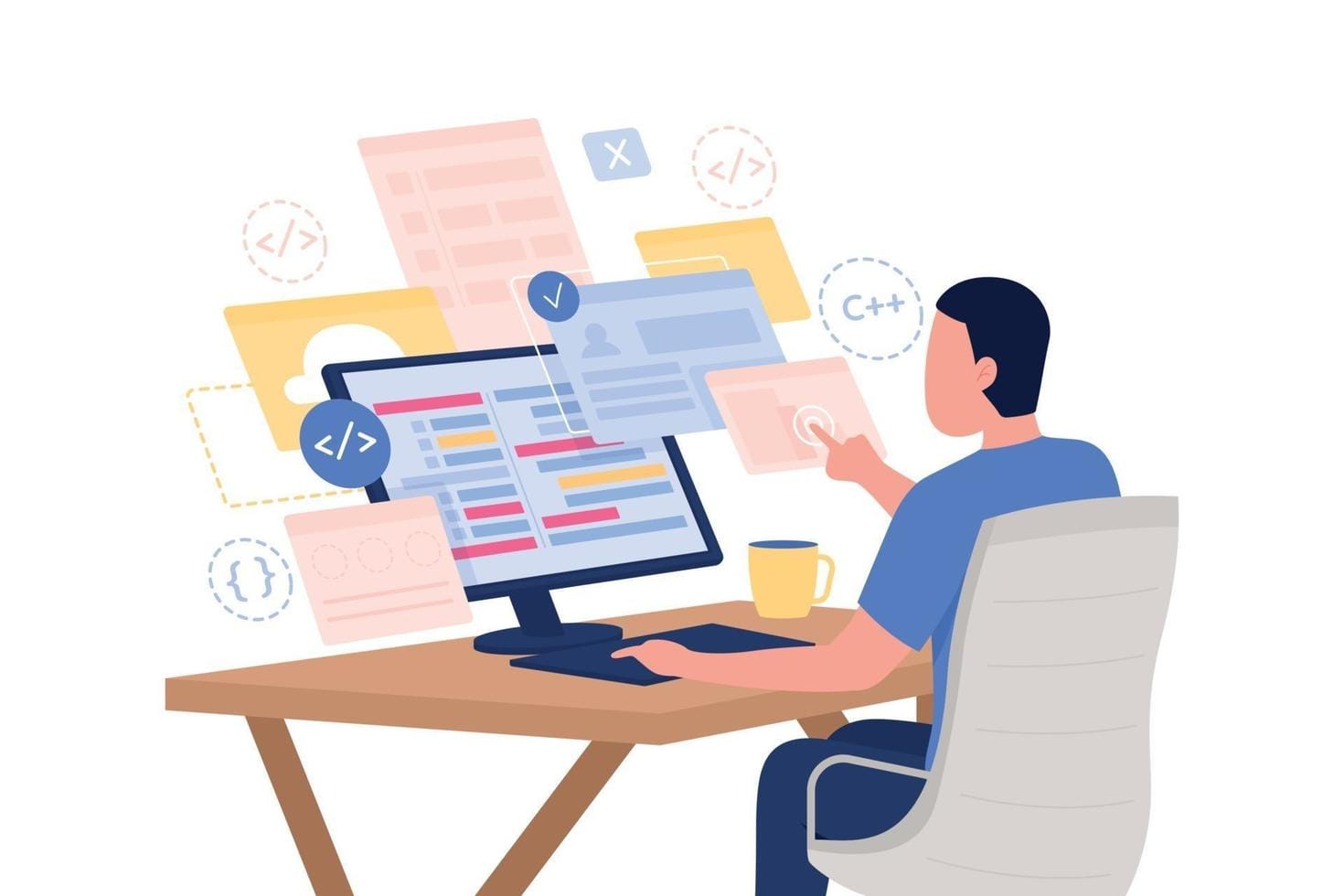
Good online code schools not only provide training on programming, but they actually train on perseverance. The ability to interact by playing challenges, live coaching, individual progress monitoring, and peer learning keeps children active and encouraged.
Most importantly, such settings allow children to struggle, go through frustration, and feel their efforts are good. Teachers and coaches who make the hurdles ordinary and encourage improvement assist children in developing self-confidence and emotional growth.
Can participating in coding classes for beginners help my child handle failure better?
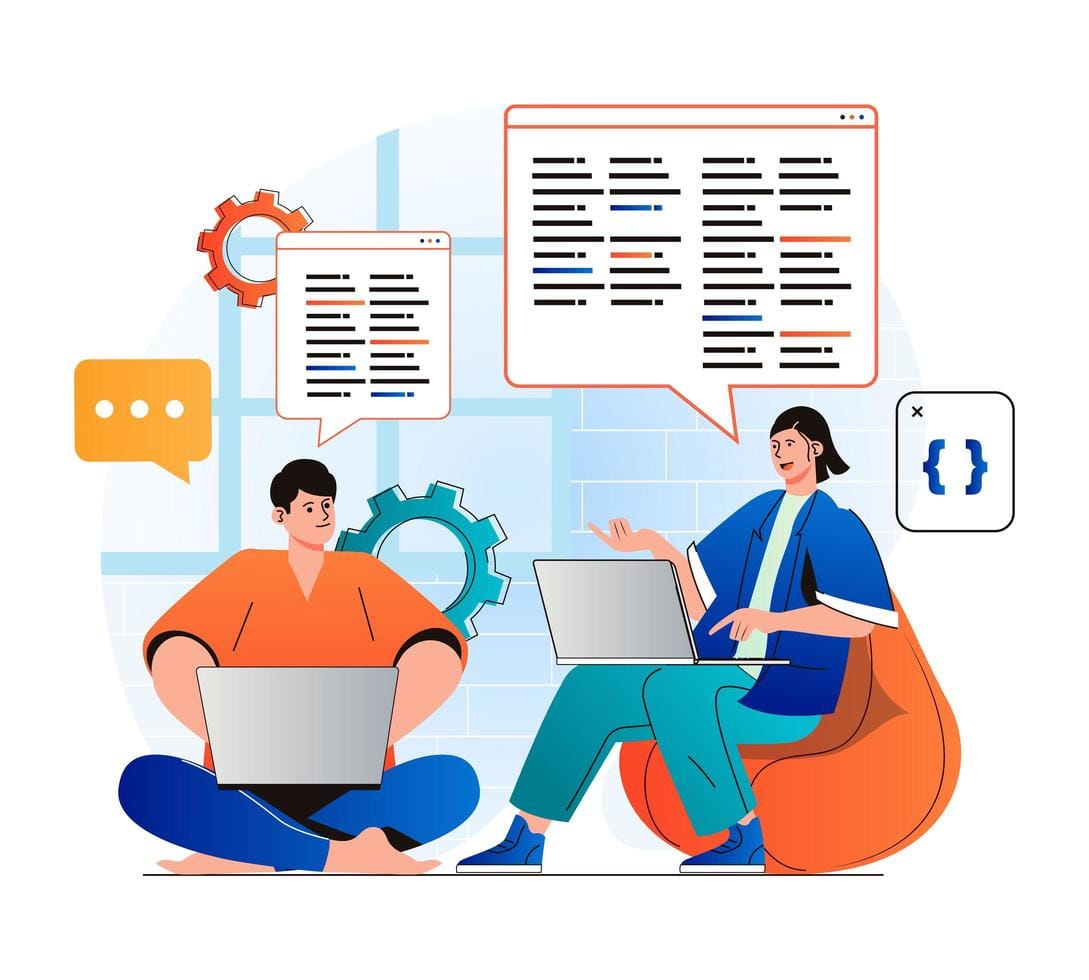
Definitely, among the most significant emotional rewards of learning to code, one has to note learning to fail safely. When there is an error within the program, children should not panic; children should find out what went wrong. Such an attitude directly converts into real-life resilience: these children will no longer be afraid of experiencing failure; they will learn to accept it as a natural (and even needed) aspect of the learning process. As their program makes a small step forward after defeating the result of a debugging session, their spirits and confidence in solving problems increase.
What are some of the best online coding schools for children?

Some of the well-known online sites that strive to harmonize the technical education and emotional development are:
Codeyoung – The company with an easy-going curriculum, project approach, and good mentors.
Tynker – Tynker App- Provides a lightweight and approachable way to teach coding basics through a game-like interface, designed around problem-solving.
Code.org – It is free and is highly regarded, as well as having fun challenges and interactive storytelling, also suitable for younger children.
Scratch (by MIT) – An ideal application to use in the classroom with young learners, Scratch can inspire young learners to make games, stories, and animations, teaching them as they go along by letting them learn through mistakes.
In deciding which school to choose, the first thing should be programs where live instructor support plays an important role, and it is possible to show imagination and creativity, not just solve problems.
Comments
Your comment has been submitted successfully!